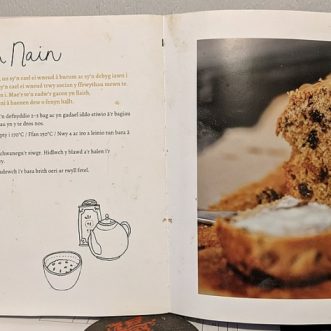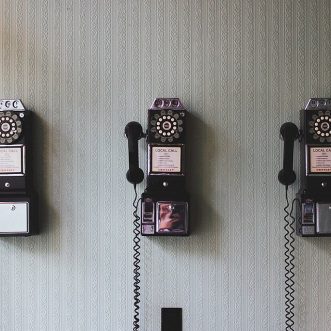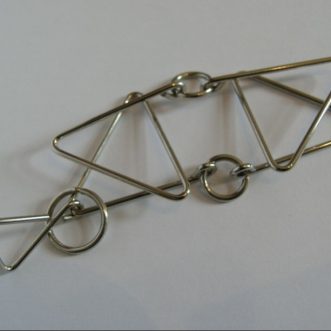
Admin as a side-effect
Nobody should have to think about admin. Admin is unexciting, unrewarding, work-about-work that very few people enjoy doing.
Yet, if you want to measure performance, predict future demand and workloads, allocate resources effectively, you need some way of collecting the information you need.
The answer is to make collecting information a side-effect of doing the job.
When you drive your car, the action of the wheels traveling over the ground updates your odometer. You don’t have to create a separate spreadsheet to keep track of how many miles you cover per trip or over the lifetime of the car. Instead some basic information (the number of tyre revolutions) is collected and used to trip a counter that shows the distance covered. The information is collected purely as a side-effect of doing the job. Combined with another counter on the drive shaft it tells you your speed. So two simple side-effects give you critical information.
If you want to spend less time on admin and more time making and keeping promises for the people you serve, you need to design admin-as-a-side-effect into your Customer Experience Score.
How?
Well, it helps to start by writing your Score from the perspective of what you actually want things to happen, rather than from the perspective of how you document and track what happens.
To take a big example, it would be easy to think about creating and using a building in terms of sketching ideas, drawing up plans, creating a list of materials and quantities, but that isn’t what’s really happening. What’s really happening is more like this:

Process diagram of the life of a building
The sketches are how you track the results of your imagination, the plans are how you track your designs and feed them to the people who will construct. These things are admin, and by thinking about what is really going on, you can see better where in the process they should be created, and who by, as a result of doing the job.
This simplifies monitoring and prediction, because they can become matters of simple counting, combined with some basic parameters of the business, such as available person-hours. If you can find ways to automate this, then none of your people ever need to fill in a timesheet again. You can free them to concentrate on what really matters to the people you serve, at less cost to yourself.
Work-about-work is a waste of time and talent. It’s time we got rid of it.









